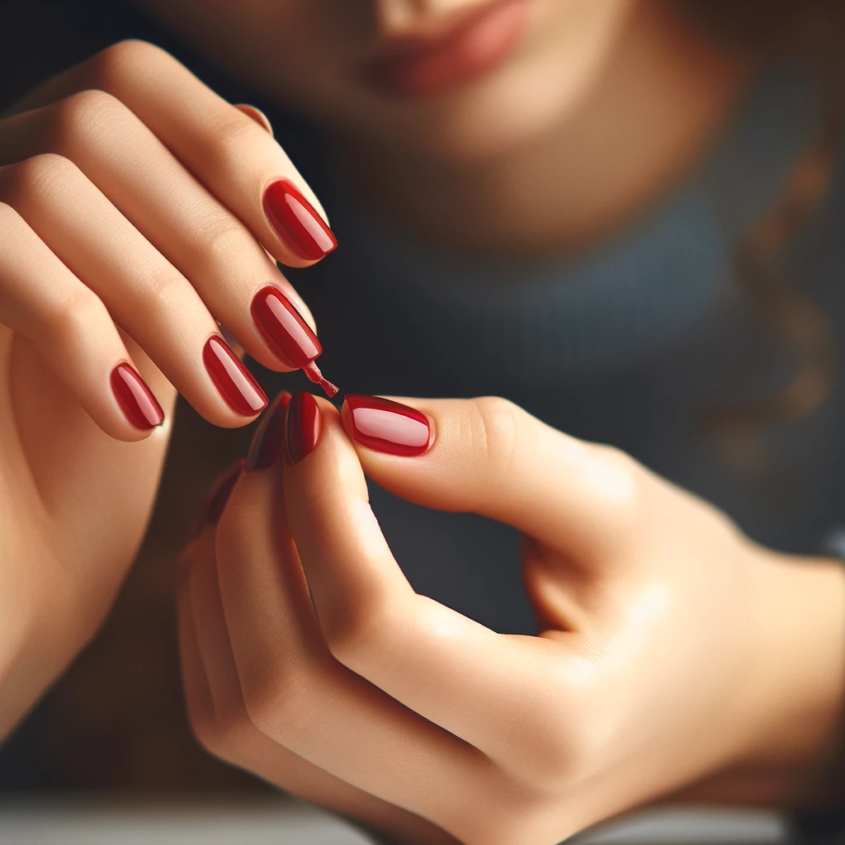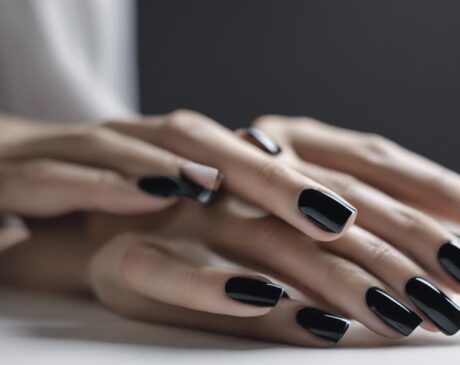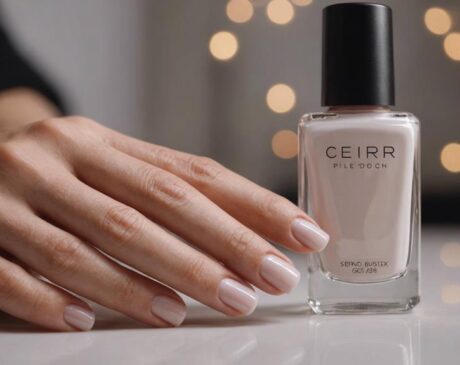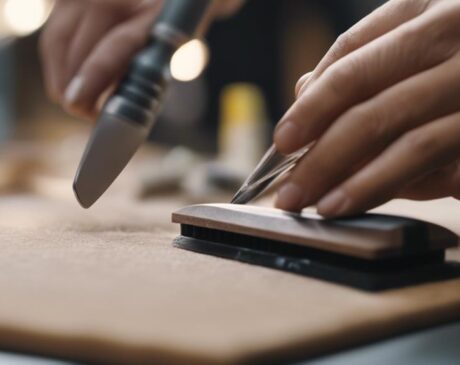How do you stick fake nails on without glue?

Fake nails have become a staple in the beauty and fashion industry, offering a quick and effective way to enhance the appearance of hands. They come in various shapes, sizes, and designs, allowing individuals to achieve a polished and sophisticated look. While traditional nail glue has been the go-to method for affixing fake nails, it comes with its own set of challenges, including potential damage to natural nails and a harsh removal process. This article explores alternative methods for applying fake nails, highlighting their advantages and disadvantages.
Understanding Fake Nails and Adhesives
- Types of Fake Nails
- Acrylic Nails: A combination of liquid monomers and powdered polymers that create a durable protective layer over natural nails.
- Gel Nails: Applied in layers and cured under UV light, offering flexibility and a more natural appearance.
- Press-on Nails: Pre-designed nails suitable for home use, available in various styles for quick and neat applications.
- Traditional Glue and AlternativesAdvantages of traditional glue:
- Provides a strong bond for long-term wear.
- Easily accessible and familiar to most users.
- May damage natural nails over time.
- Removal process can be difficult and potentially damaging.
- Risk of allergic reactions.
- Alternative Methods of Bonding
- Adhesive Labels: Double-sided stickers applied to both real and fake nails, offering easy application and removal without damaging natural nails. However, they may lose adhesion when exposed to water.
- Double-sided Adhesive Tape: Applied to clean and polished nails, these tapes offer a few days of wear and easy removal by gently peeling off.
- Magnetic Nails: These attach to magnetized false nails using a magnetic base, providing a convenient and secure fit.
Preparing Your Nails for Application
Proper nail preparation is essential to ensure the longevity and natural appearance of fake nails. It also minimizes the risk of damage to natural nails.
- Cleaning and Polishing
- Remove old nail polish with an acetone-free remover.
- Wash hands with soap and water to eliminate grease and dirt.
- Lightly buff natural nails to create a rough surface for better adhesion.
- Wipe each nail with an alcohol pad or nail dehydrator to remove moisture and grease.
- Choosing the Right Size
- Measure fake nails against real nails to find the closest match in size and shape.
- Trim or file the fake nails if they are slightly larger for a better fit.
Application Techniques
- Press-on Nails
- Apply adhesive tabs or double-sided tape, aligning them with natural nails.
- Press firmly for 10-20 seconds to ensure a strong bond.
- Avoid water exposure for at least one hour after application.
- Regularly press the nails throughout the day to maintain a strong bond.
- Magnetic Nails
- Place the magnetic base on your natural nail.
- Align the magnetic fake nail with the base and snap into place.
- Avoid strong impacts to prevent dislodging the magnets.
- Regularly check to ensure the base and nails are securely attached.
Aftercare and Maintenance
Proper aftercare is essential to maintain the health of natural nails and the appearance of fake nails.
- Daily Maintenance Tips
- Keep nails clean by gently cleaning around and under fake nails.
- Apply cuticle oil daily to maintain healthy cuticles and natural nails.
- When to Replace or Remove Fake Nails
- Replace or remove fake nails every two to three weeks to prevent damage to natural nails.
Troubleshooting Common Problems
Address common issues to extend the life of fake nails and protect natural nails.
- Lifting and Cutting
- If nails start to buckle, gently remove them and reapply.
- Trim any chipped edges to prevent further damage.
- Allergic Reactions
- Discontinue use if redness, itching, or swelling occurs.
- If symptoms persist, consult a dermatologist.
In conclusion, the beauty industry offers innovative alternatives to traditional glue for applying fake nails. Adhesive labels, double-sided tapes, and magnetic nails provide versatility and ease of use while reducing the risk of damage to natural nails. Embracing these changes allows individuals to enjoy the beauty of fake nails comfortably and safely. Whether you’re a nail enthusiast or a newcomer, experimenting with these gel-free methods can help you find the perfect solution for your needs and preferences.
Frequently Asked Questions
- Can I reuse fake nails without glue?
- Yes, fake nails applied with adhesive tabs or magnetic methods are usually reusable. Gently remove them to eliminate any adhesive residue and store them properly for future use.
- How long do non-adhesive methods usually last?
- The durability of nails depends on the method used and how well they are maintained. Adhesive labels and double-sided tapes typically last a few days to a week, while magnetic nails can last longer with proper care.
- Are these methods suitable for all types of false nails?
- Most non-adhesive methods are versatile and can be used with various types of fake nails, including acrylic, gel, and press-on nails. However, results may vary depending on the weight and size of the fake nails.
- What are the best practices for removing fake nails without glue?
- To remove fake nails without glue, gently peel them away, starting from the edges. If sticky labels or tapes are used, soaking your hands in warm soapy water can simplify the removal process. Avoid applying force to prevent damage to natural nails.
- Do these methods damage natural nails?
- One of the primary advantages of these methods is that they are generally less damaging to natural nails compared to traditional glue. However, proper application and removal are essential to avoid any potential damage to your natural nails.




